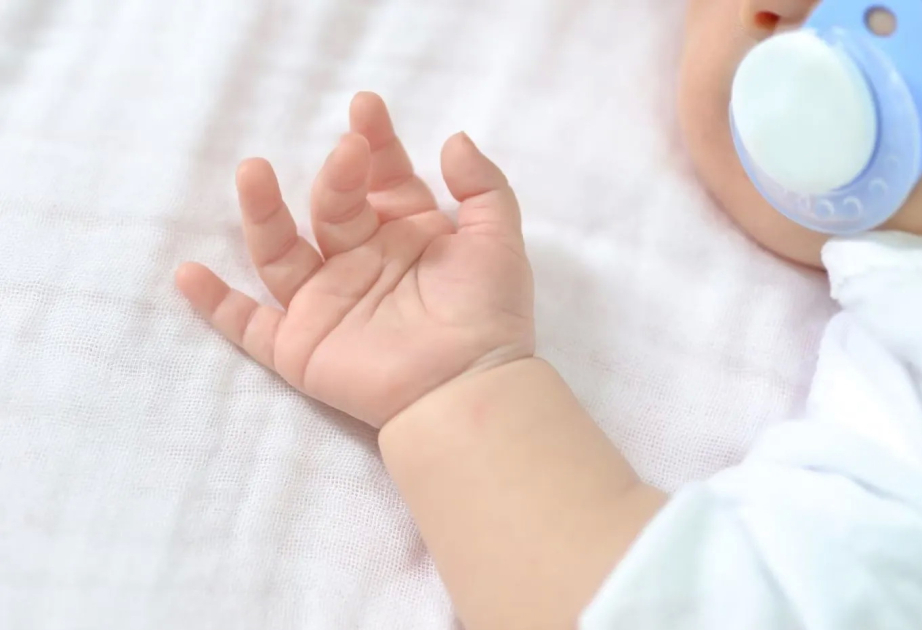Each year, roughly the same numbers of boys and girls are born. But in individual families, some couples have four or more daughters and no sons, and some have all male children and no female children, points out University of Michigan evolutionary geneticist Jianzhi Zhang, according to ScienceDaily.
This has led some scientists to question whether this skewed sex ratio is a result of the genes of the parents.
Now, Zhang and U-M doctoral student Siliang Song have detected a human genetic variant that influences the sex ratio of children. Additionally, they found that many hidden genetic variants of sex ratio may exist in human populations. Their results are published in the Proceedings of the Royal Society B: Biological Sciences.
"Scientists have been pondering and researching a genetic basis for sex ratio for decades, yet no unambiguous evidence for a genetic variation that alters the human sex ratio from an approximately 50:50 ratio has been found," said Zhang, professor of ecology and evolutionary biology.
Zhang says this has led some scientists to think that the human sex ratio is not subject to mutation.
"But this scenario seems unlikely, because almost all human characteristics are subject to mutation and genetic variation," he said. "Instead, we think genetic variation of sex ratio is too difficult to detect because sex ratio is not measured precisely."
That is, each person typically has a very small number of children, which can lead to large errors in the estimation of the true sex ratio of a person's children. For example, if a person only has one child, the estimated sex ratio would be either zero (if it's a girl) or 1 (if it's a boy) even if the true sex ratio is 0.5.
Analyzing this data, the researchers identified a single nucleotide change named rs144724107 that is associated with a 10% increase in the probability of giving birth to a girl as opposed to a boy. But this nucleotide change is rare among the UK Biobank participants: About 0.5% of the participants carry this change. The nucleotide change is located near a gene named ADAMTS14, which is a member of the ADAMTS gene family known to be involved in spermatogenesis and fertilization. The researchers also note that their discovery has not yet been confirmed in other samples.
The researchers also identified two genes, called RLF and KIF20B, that may also influence the sex ratio.
The study's findings align with a theory in evolutionary biology called the Fisher's principle, after British statistician and population geneticist Ronald Fisher. Fisher's principle states that natural selection favors the genetic variant that increases the births of the rare sex. That is, if fewer males than females are born in a population, natural selection favors genetic variants that increase the number of males born, and vice versa. As a result, this selection yields a more or less even sex ratio in the population
"For Fisher's principle to work, there must be mutations that influence the sex ratio," Zhang said. "The fact that no genetic variation on human sex ratio had been identified has led some scientists to question the applicability of Fisher's principle in humans.
"Our study shows that in fact, human data are consistent with Fisher's principle and the reason no genetic variants of sex ratio had been discovered was the imprecision of the measure of a person's offspring sex ratio."
The research was sponsored by the U.S. National Institutes of Health.











.jpg)







